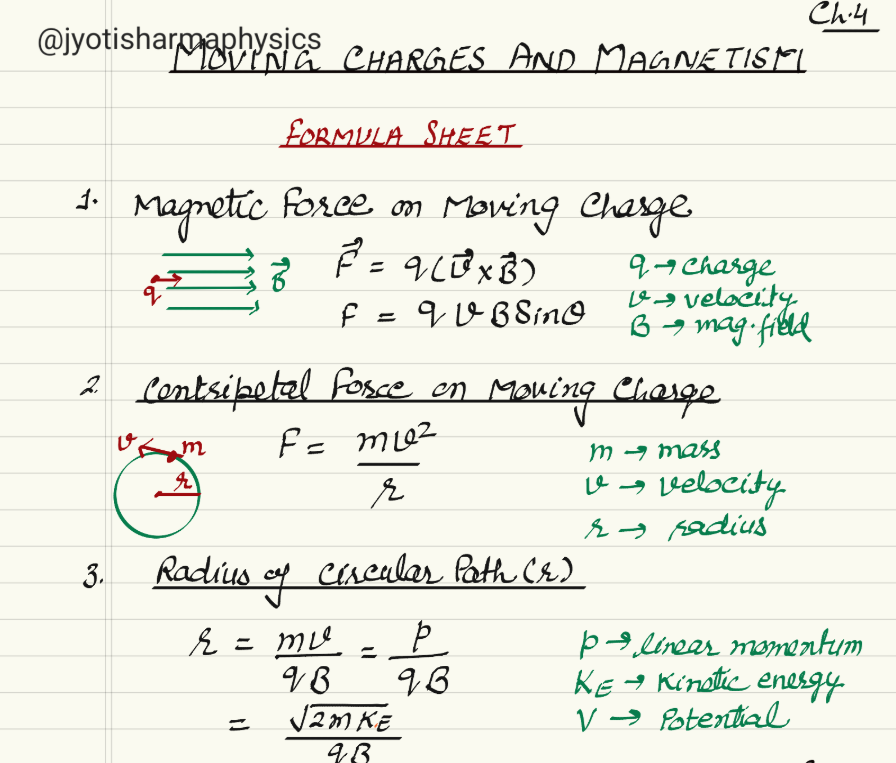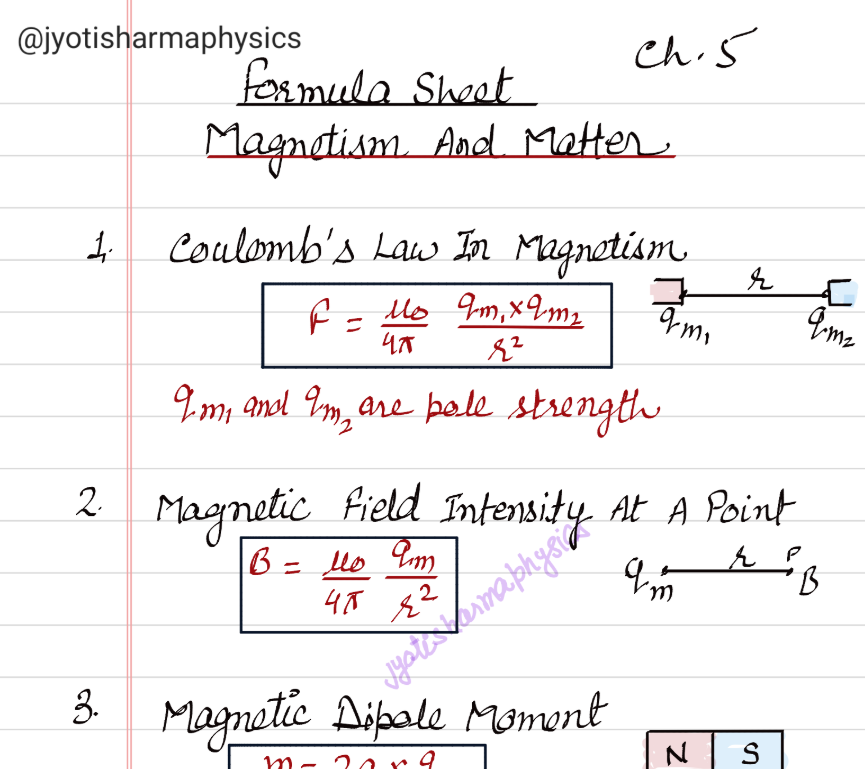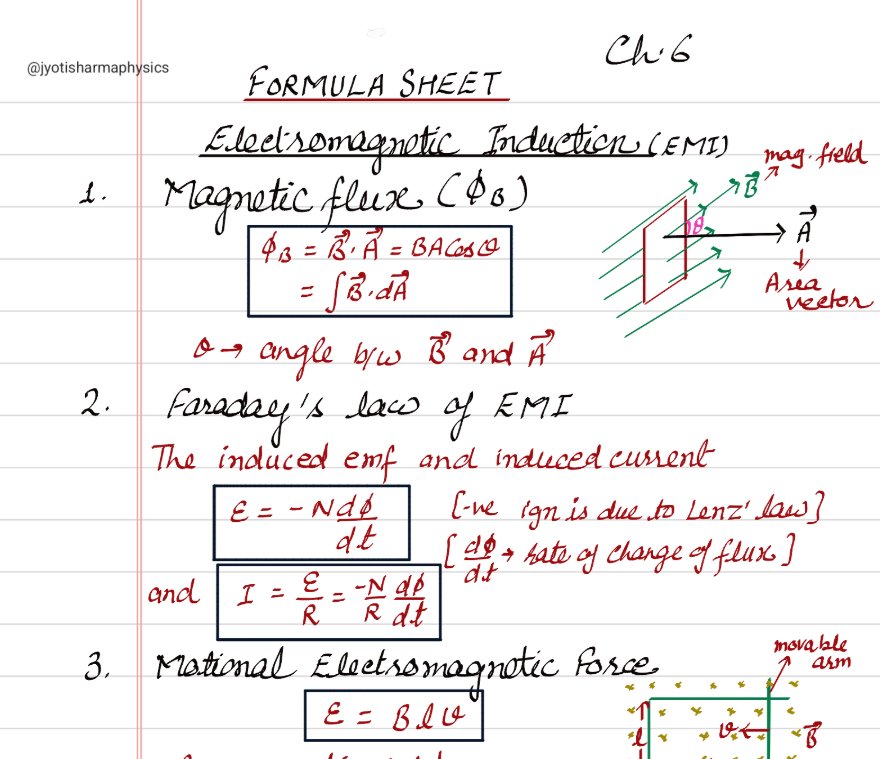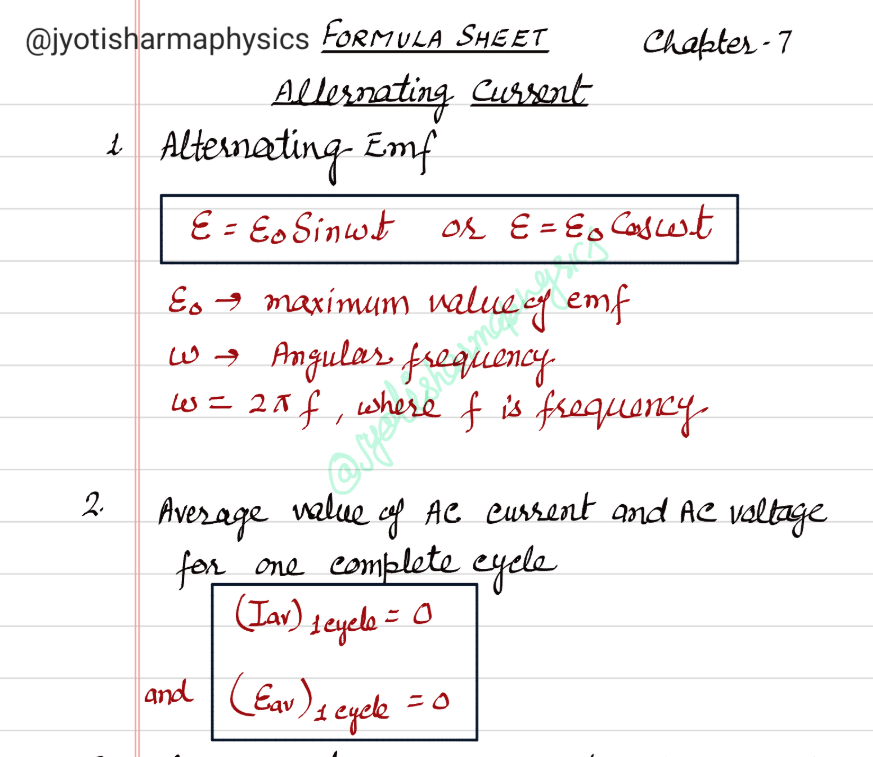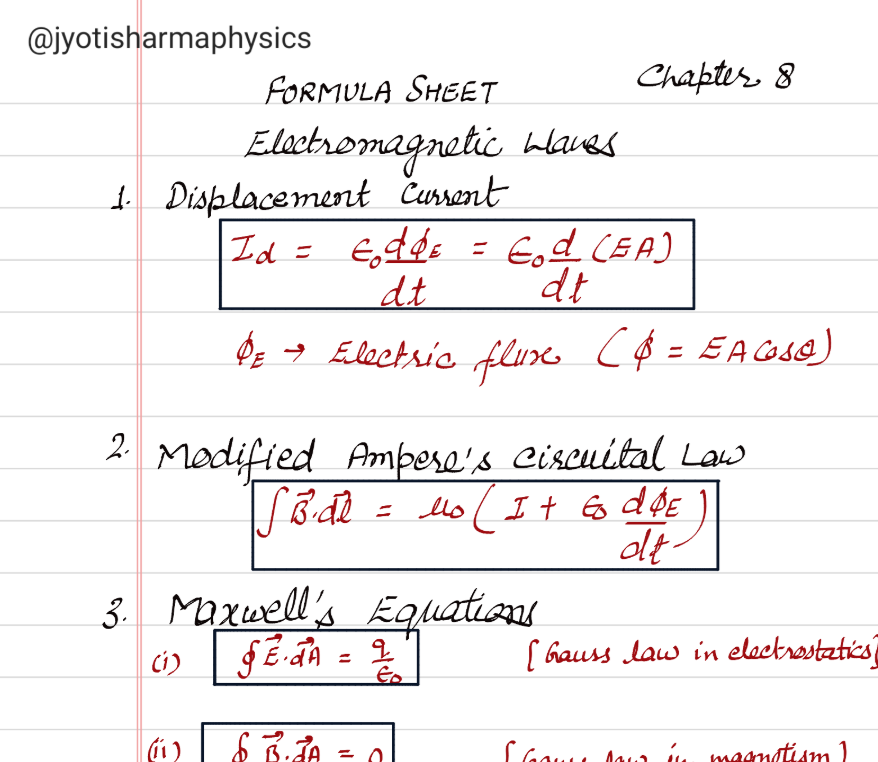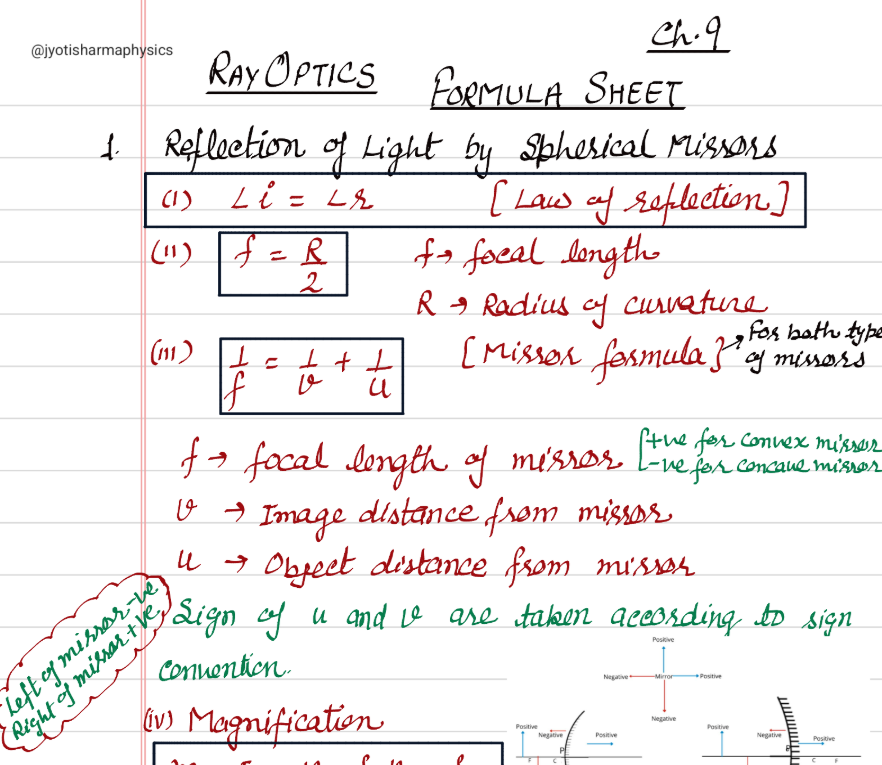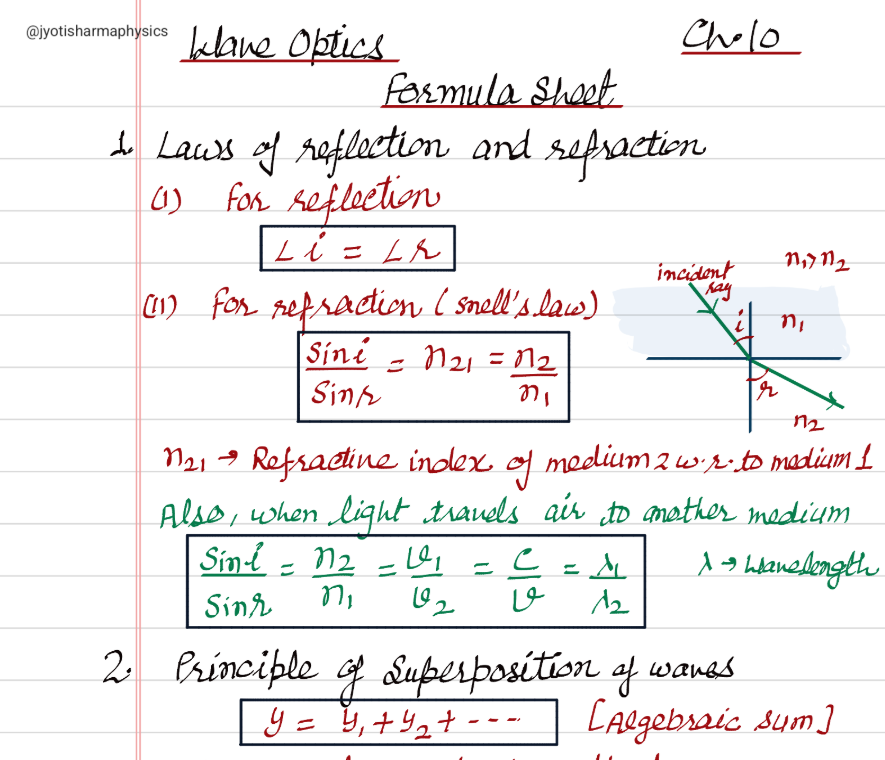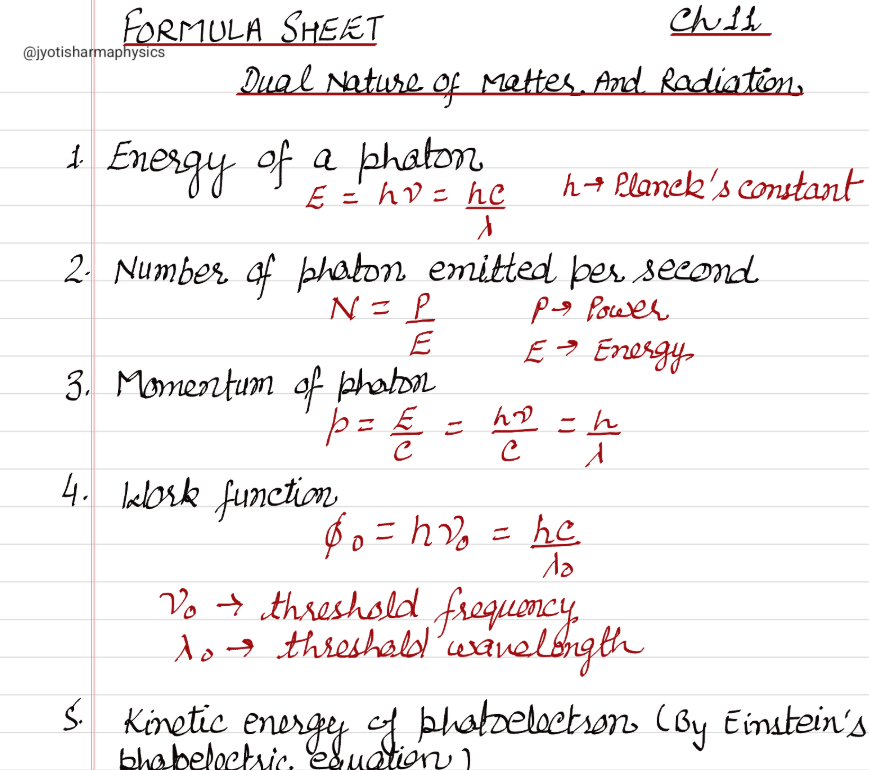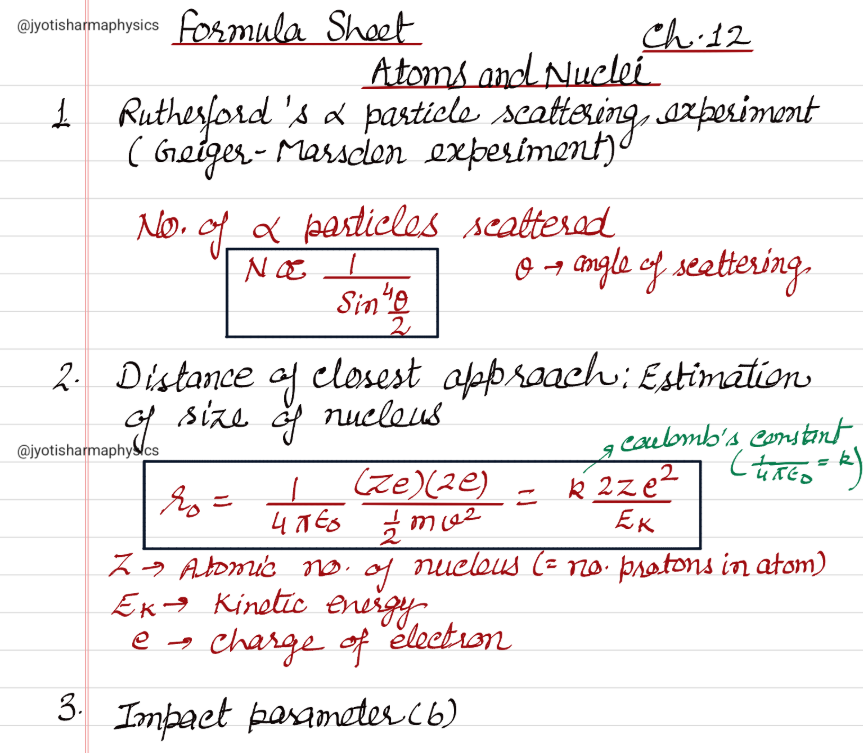Electrostatics
Overview
Electrostatics is the branch of physics that studies electric charges at rest. It explains how charges interact when they are stationary. The fundamental property of matter responsible for this is the electric charge, which can be positive (like protons) or negative (like electrons).
Coulomb’s Law is the foundation of electrostatics. It states that the force between two charges is directly proportional to the product of their charges and inversely proportional to the square of the distance between them.
For example, if you comb your hair, it becomes charged and can attract small paper pieces due to electrostatic forces.


Study Materials
Chapter 3 - Current Electricity
Chapter 4 - Moving Charges and Magnetism
Chapter 5 - Magnetism and Matter
Chapter 6 - Electromagnetic Waves
Chapter 7 - Ray Optics and Optical Instruments
Chapter 8 - Wave Optics
Chapter 9 - Dual Nature of Radiation and Matter
Chapter 10 - Semiconductor
Chapter 11 - Nuclei
Chapter 12 -Semiconductor Electronics:Materials, Decices, and Simple Circuits
Free Videos
Full Course
Lorem ipsum dolor sit amet, consectetur adipiscing elit. Ut elit tellus, luctus nec ullamcorper mattis, pulvinar dapibus leo.
- Electric Charge
- Coulomb's Law
- Electric Field
- Electric Potential & Potential Energy
- Electric Charge
- Coulomb's Law
- Electric Field
- Electric Potential & Potential Energy
- Electric Charge
- Coulomb's Law
- Electric Field
- Electric Potential & Potential Energy
Frequently Asked Questions
1. What is Electrostatics?
Lorem ipsum dolor sit amet, consectetur adipiscing elit. Ut elit tellus, luctus nec ullamcorper mattis, pulvinar dapibus leo.



